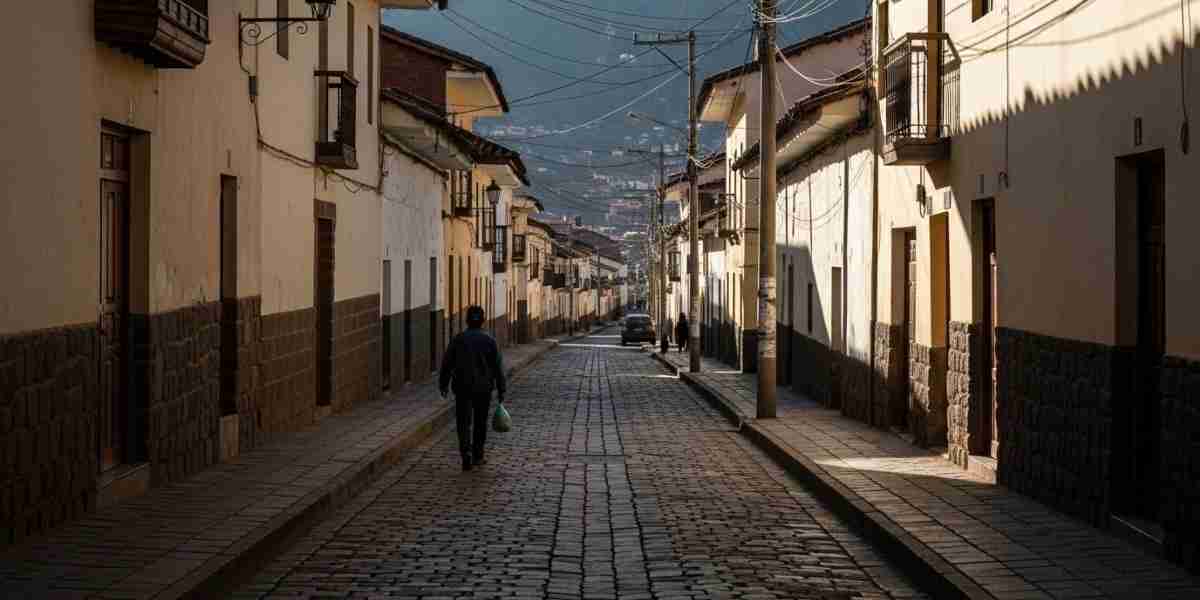You’ve booked your ticket to Peru, and the excitement is palpable. Visions of exploring ancient ruins and trekking through breathtaking mountain passes dance in your head. But there’s one challenge that stands between you and your dream adventure: the altitude. Cusco, the historic heart of the Inca Empire, sits at a lofty 3,399 meters (11,152 feet), and arriving without a strategy can lead to soroche, or altitude sickness.
Don’t let this common concern cast a shadow on your journey. As guides who have welcomed countless travelers to these lands, we’ve perfected a simple yet incredibly effective 2-day acclimatization plan. This isn’t just about avoiding a headache; it’s about starting your Peruvian experience with energy, peace of mind, and the respect your body deserves. Think of these first 48 hours not as a delay, but as the foundational stage of an unforgettable expedition.
Understanding the Altitude Challenge
Before we dive into the plan, let’s briefly touch on what’s happening to your body. At higher elevations, the air pressure is lower, meaning there are fewer oxygen molecules in each breath you take. Your body, being the remarkable machine it is, can adapt to this change, but it needs time. Symptoms of altitude sickness—like headaches, fatigue, nausea, or shortness of breath—are simply signals from your body that it’s working hard to adjust and needs you to slow down. The golden rule is simple: a gradual ascent is always best. Since most travelers fly directly into Cusco, this plan simulates that gradual approach on the ground.

Your Expert-Guided 2-Day Cusco Acclimatization Plan
This schedule is designed to be your blueprint for a smooth transition. Follow it closely, and you’ll set yourself up for success on any adventure that follows, from exploring the Sacred Valley to embarking on a multi-day trek.
Day 1: Arrival, Rest, and Hydration
The theme for your first day is simple: do as little as possible.
- Upon Arrival: Resist the urge to drop your bags and immediately explore. Take a taxi directly to your accommodation and check in. The less you rush and carry, the better.
- Immediate Action: Drink water. Then, accept the offer of mate de coca (coca tea) that most hotels provide. For centuries, Andean communities have sipped this mild herbal infusion to help ease the effects of altitude.
- The Afternoon: This is your time for profound rest. Take a long nap. Your body performs its best adaptation work when you are asleep. If you feel restless, a very short, slow walk on a flat street near your hotel is acceptable, but returning to rest is the priority.
- The Evening: Keep it low-key. Choose a light dinner, like a quinoa soup or a simple chicken dish. Avoid heavy, fatty foods and, most importantly, alcohol. Your body is already working overtime to oxygenate; don’t give it the extra task of metabolizing alcohol. Drink more water or herbal tea and aim for an early night.
Day 2: Gentle Movement and Mindful Exploration
After a full night’s rest, your body will be much more prepared for light activity. The key word today is gentle.
- The Morning: Start with a nourishing breakfast. Today, you can venture out to explore the historic center. Walk slowly to the Plaza de Armas, find a bench, and simply watch the city come to life. Let your senses adjust, not just your lungs.
- The Afternoon: Continue your calm exploration. This is the perfect time to visit a museum or wander through the artisan neighborhood of San Blas, taking care to avoid its steepest streets for now. Move at a conversational pace—if you’re too breathless to talk, you’re moving too fast. Remember to stay hydrated throughout the day.
- The Evening: Enjoy another sensible dinner. By now, you should be feeling significantly more adjusted and energized. This careful, two-day approach is the essential preparation we recommend for anyone planning to tackle more demanding routes. A proper acclimatization is the first and most crucial step in any successful trek, including the world-renowned Inca Trail: The Ultimate Guide to Hike to Machu Picchu.
The «Absolutely-Do-Not-Do» List for Acclimatization
To ensure your success, there are a few things you must actively avoid in your first 48 hours in Cusco:
- Do not book any strenuous tours or hikes. Rainbow Mountain or Humantay Lake can wait.
- Do not drink alcohol or coffee. Both are diuretics and will dehydrate you, hindering the acclimatization process.
- Do not eat heavy, hard-to-digest meals. A sluggish digestive system diverts energy your body needs elsewhere.
- Do not ignore severe symptoms. If a mild headache becomes a severe one, or if you experience persistent nausea or dizziness, seek advice from your hotel or a local clinic.
By dedicating these two days to this simple acclimatization plan, you are not losing time. You are investing in the health, enjoyment, and success of your entire Peruvian adventure.
Your Journey, Guided with Care
We believe that a truly profound travel experience is built on a foundation of well-being and peace of mind. It’s about more than just seeing new places; it’s about connecting with them in a way that feels authentic and unhurried. Our approach ensures that from the moment you arrive, you are cared for, allowing you to fully embrace the journey ahead.
Ready to plan your adventure with experts who prioritize your experience? send us a WhatsApp message to plan your adventure

